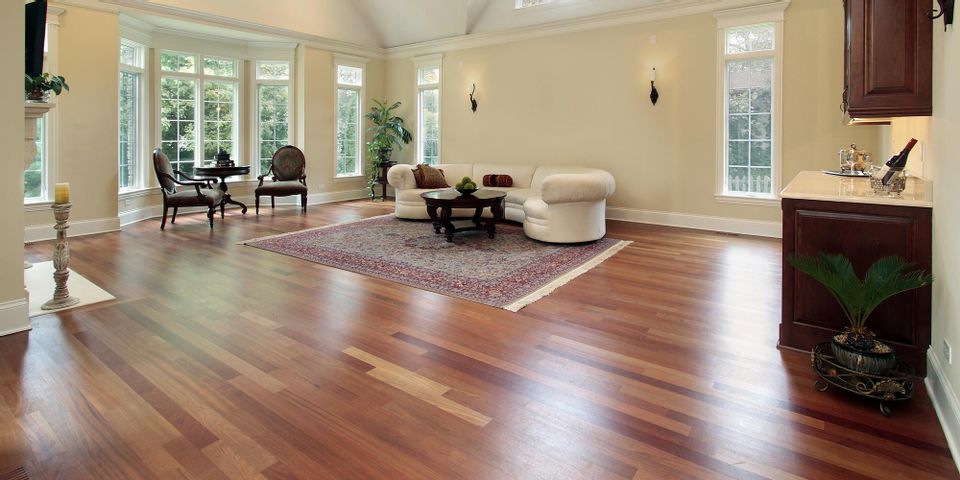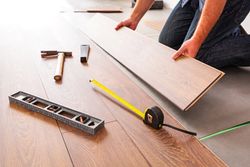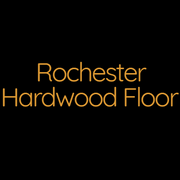A Brief Guide to Cupping on Hardwood Floors

When hardwood flooring cups, it curves up at the edges of each plank. Aside from taking away from the smooth appeal of hardwood, cupping can indicate other problems in a home. Here’s what you need to know about cupping to correct all issues.
How Does Cupping Develop on Hardwood?
Cupping is the result of too much moisture penetrating the hardwood flooring. Whether this happens due to spills that were left to sit or plumbing leaks, the wood swells and forces the edges to curve upward when liquid sits on the subflooring.
 While improper installation leaves gaps that make the surface vulnerable to water infiltration, even expertly installed flooring can experience this. For example, if there’s a leak between the ceiling and a top floor, the wood floor expands and contracts, developing cupping over time. If the condition isn’t promptly addressed, the wood can crack, peel, and buckle.
While improper installation leaves gaps that make the surface vulnerable to water infiltration, even expertly installed flooring can experience this. For example, if there’s a leak between the ceiling and a top floor, the wood floor expands and contracts, developing cupping over time. If the condition isn’t promptly addressed, the wood can crack, peel, and buckle.
How Can You Prevent Cupping on Hardwood Floors?
Control how much moisture affects your flooring by keeping the humidity level in your home consistent. Run a dehumidifier to reduce air humidity during the summer, open up rooms to improve airflow, and address leaks to prevent damage to the subfloor.
If a plank starts to curl at the edges, you may still be able to prevent further damage. Look for water stains and unexplained puddles to identify where the moisture is coming from and address the cause as soon as possible.
If your hardwood flooring needs repairs, let the professionals at Rochester Hardwood Floor lend a hand. With over 25 years of experience, the expert technicians at this family-owned business are committed to providing the highest quality products and craftsmanship around. They correct gaps to prevent moisture infiltration and sand and repair damaged planks to restore an even surface. Call (585) 377-7800 to discuss your needs or visit their website for more information on repairs.
About the Business
Have a question? Ask the experts!
Send your question

